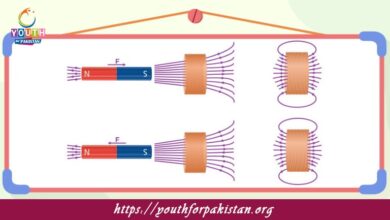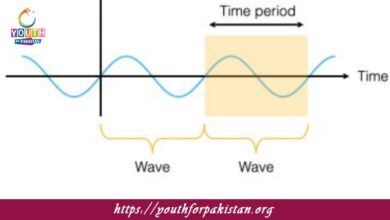Force And Motion MDCAT Quiz with Answers

Physics concepts are fundamental to force and motion, which play a critical role in the MDCAT Quiz preparation for both medical and dental students. Most mechanics problems you will find require an understanding of how force affects the motion of objects. The relationship between force and motion is explained by Newton’s laws of motion, which describe the response of objects to external forces. Mastering these principles, therefore, is necessary if MDCAT students want to be successful in the physics section of their exams.
Understanding Force and Motion
Force is any interaction that, when applied to an object, causes it to move or change its velocity. Force is a push or pull and has both magnitude and direction. The effect of force on the motion of an object depends upon the mass of the object and the direction and magnitude of the force. According to Newton’s Second Law of Motion, force applied to an object is equal to the mass of the object multiplied by its acceleration (F = ma). This relationship is vital for solving a wide range of problems related to motion on the MDCAT Quiz.
MDCAT Quiz: Exploring Force and Motion
Practicing MDCAT Quiz questions on force and motion will help the students of MDCAT gain confidence in this subject. Knowledge of Newton’s Laws will guide through the solving of problems calculating forces, acceleration, and velocity. The different types of quizzes practiced will let the student identify the various forces acting upon an object, such as gravitational force, friction, and tension, and their effects upon motion. Whether it be linear motion, projectile motion, or circular motion, these quizzes lay a structured path toward mastering force and motion concepts.
- Test Name: Force And Motion MDCAT Quiz
- Type: Quiz Test
- Total Questions: 30
- Total Marks: 30
- Time: 30 minutes
Note: Answer of the questions will change randomly each time you start the test, once you are finished, click the View Results button.
Free Flashcards for Force and Motion
Flashcards are a great tool for revising key concepts related to force and motion. With free flashcards available online, MDCAT students may easily reinforce their understanding of important formulas, laws, and principles. These flashcards enable quick recall and application of the concepts of force, acceleration, velocity, and mass during revision. The interactive nature of flashcards makes the learning process more interesting and effective, as students test their knowledge and can track their performance over time. Integrating these flashcards into your study routine will ensure you are fully prepared for the MDCAT exam.
Experience the real exam environment with our expertly designed collection of over 25,000 MCQs MDCAT Mock Tests.






